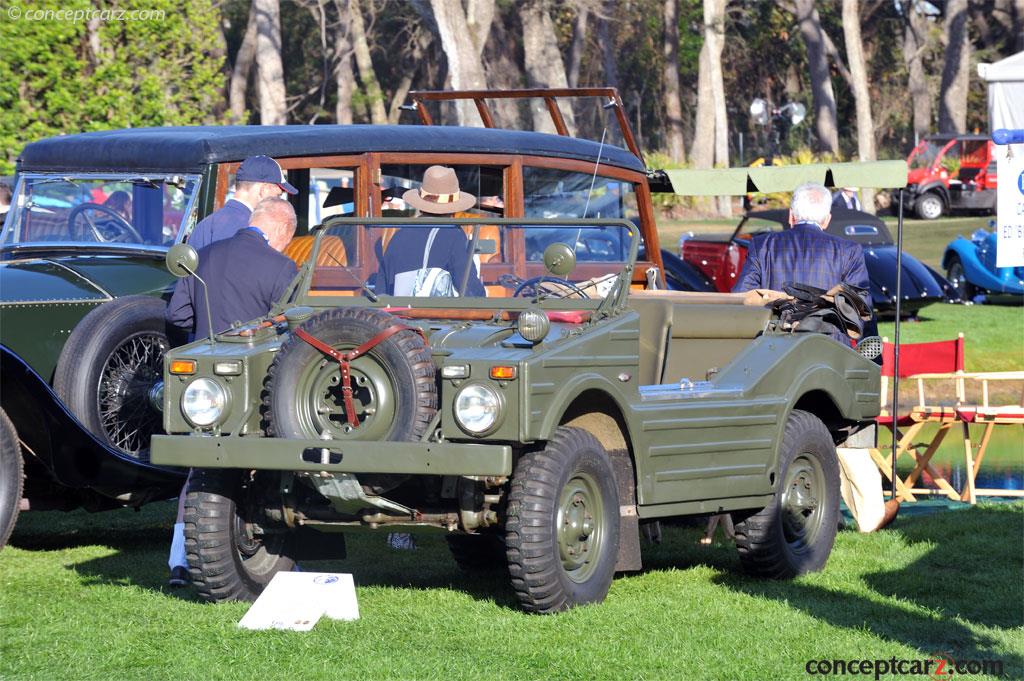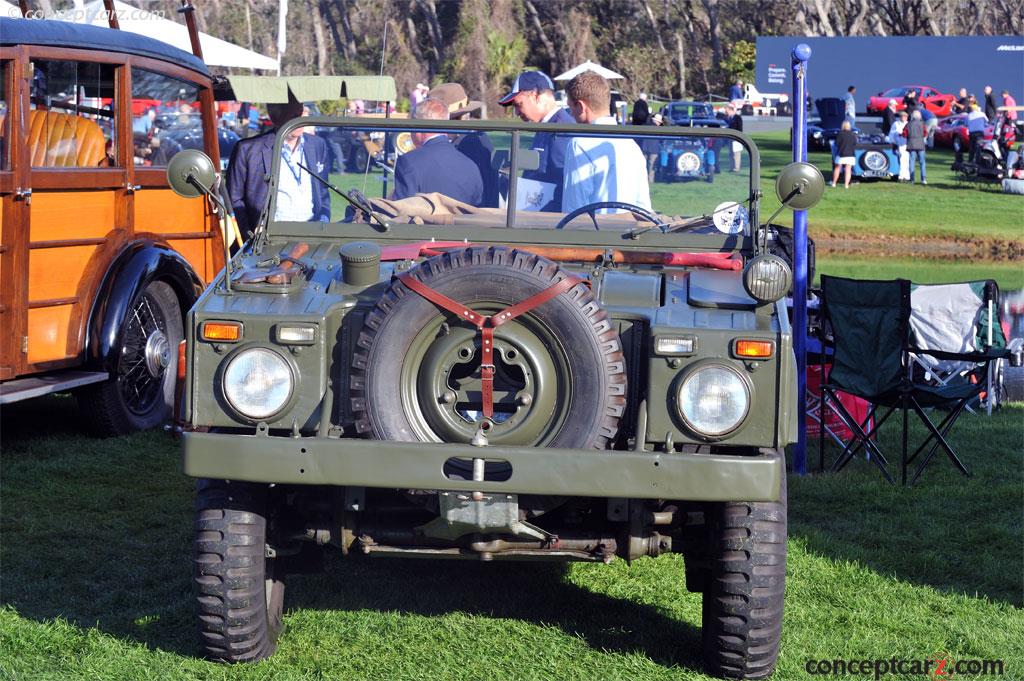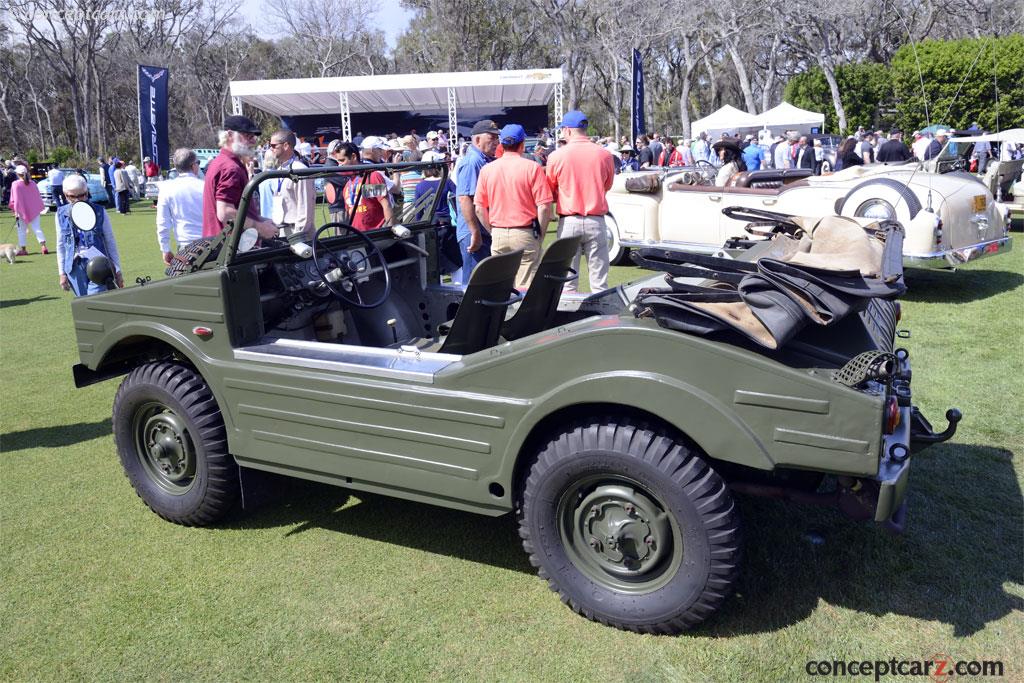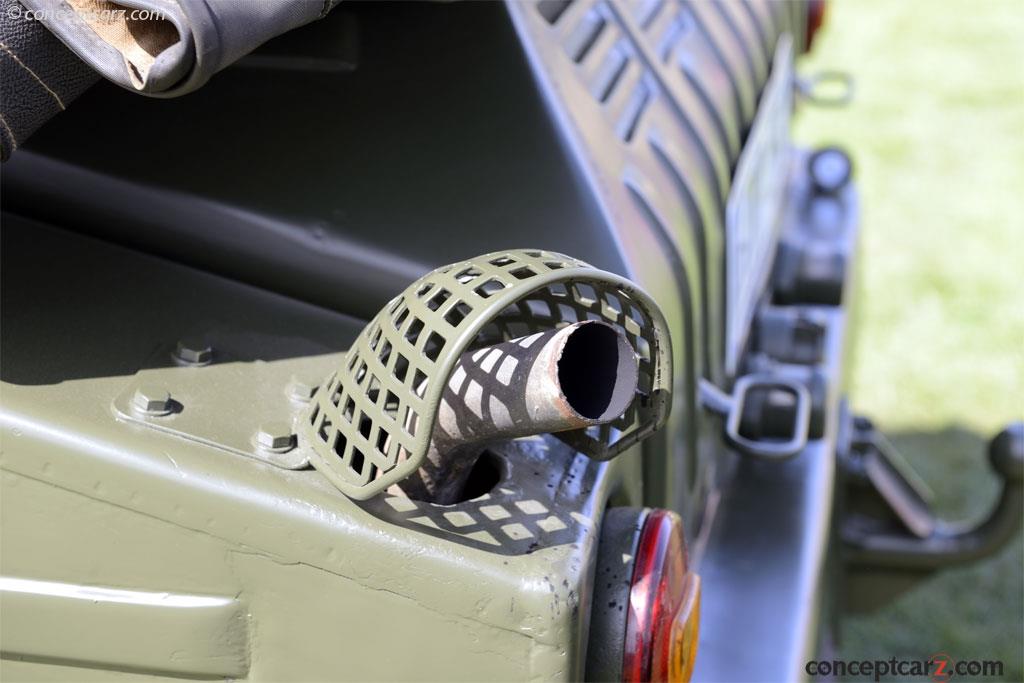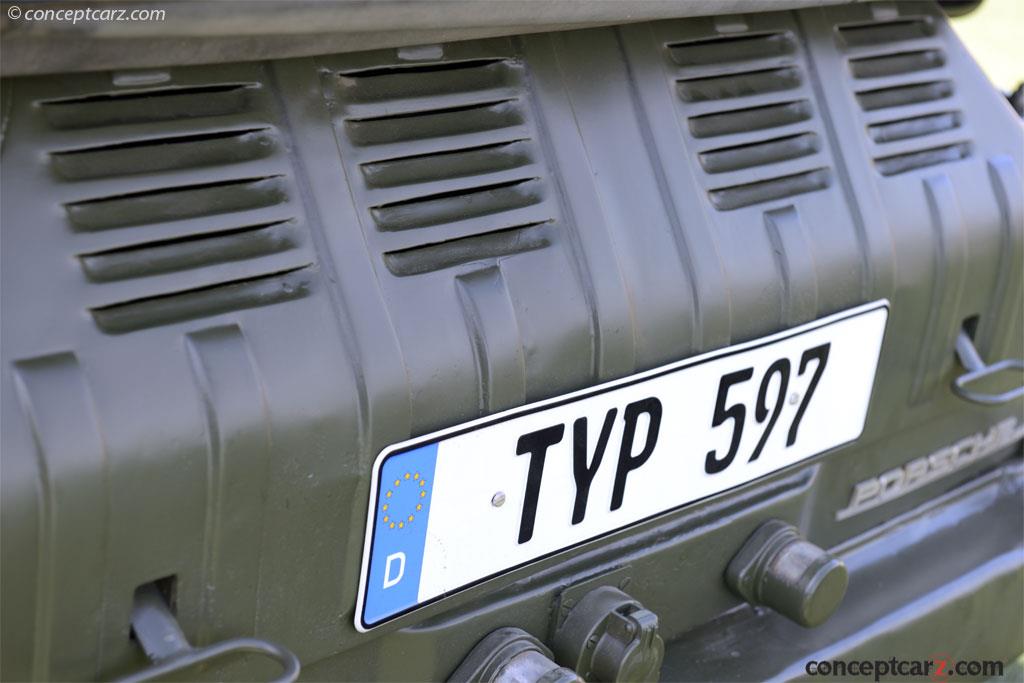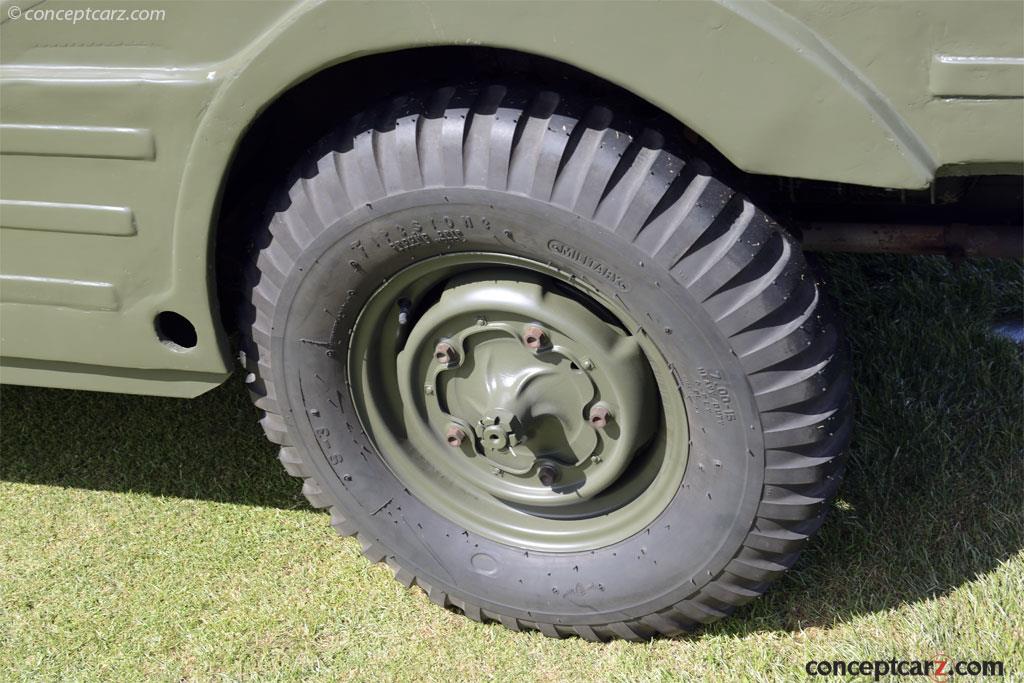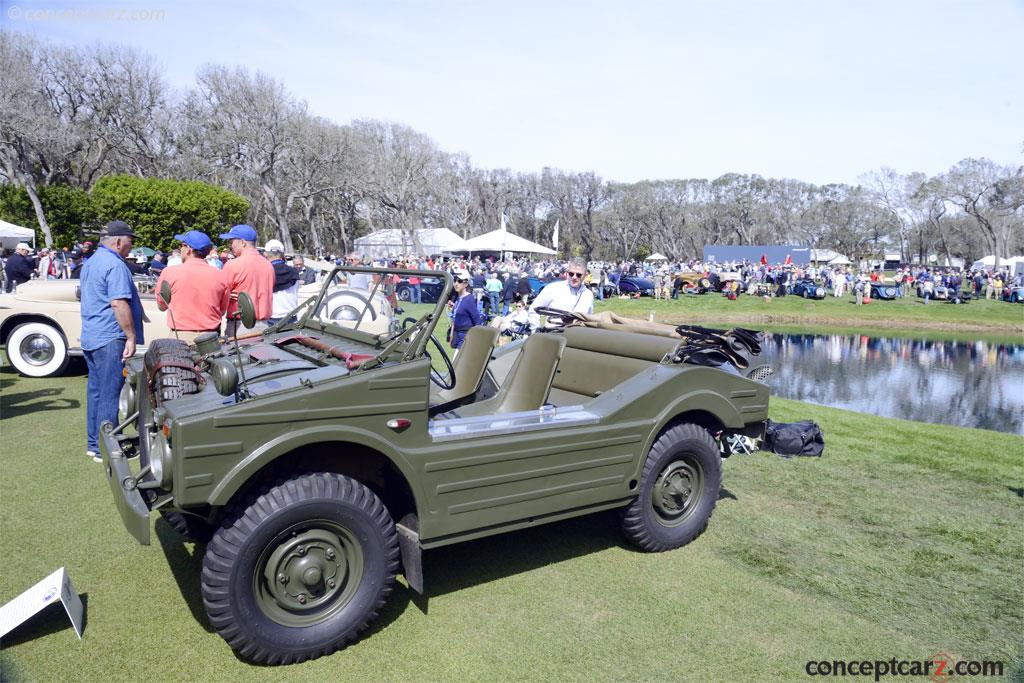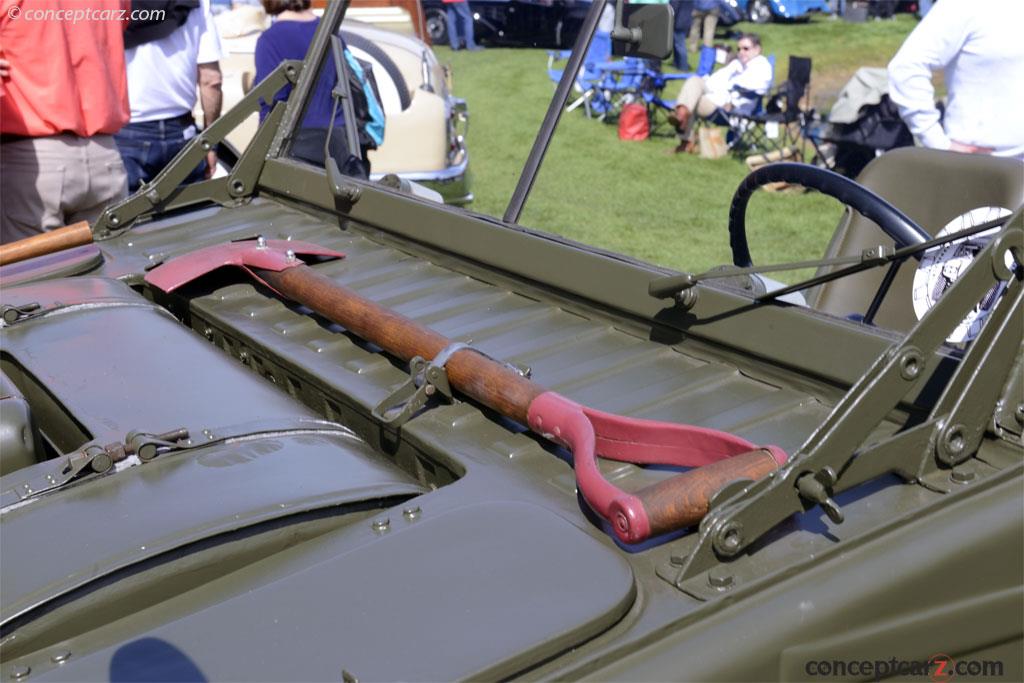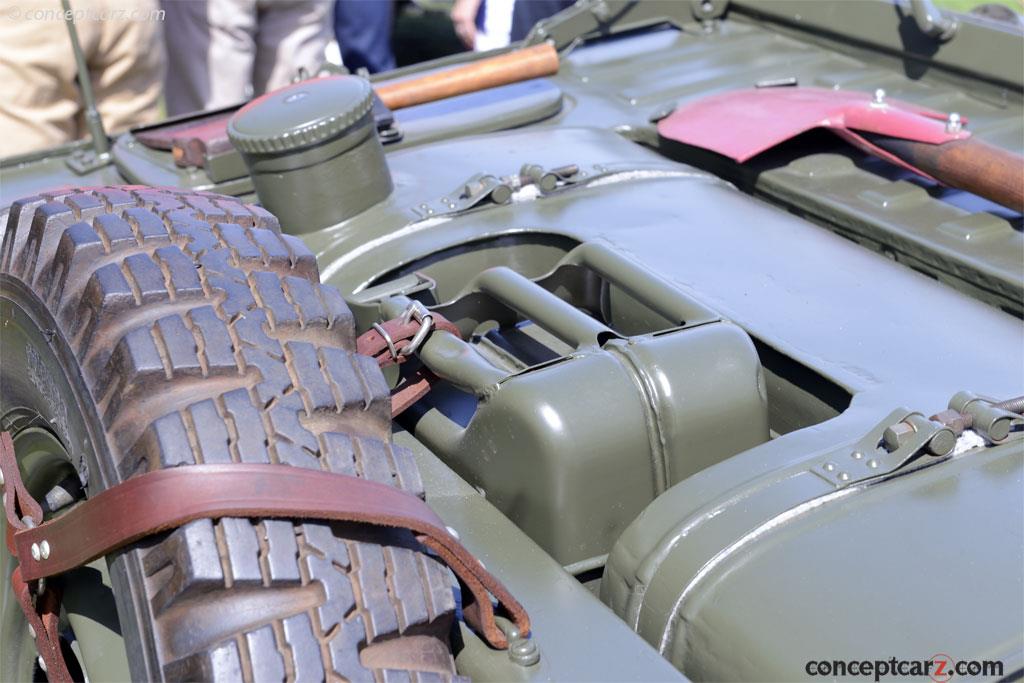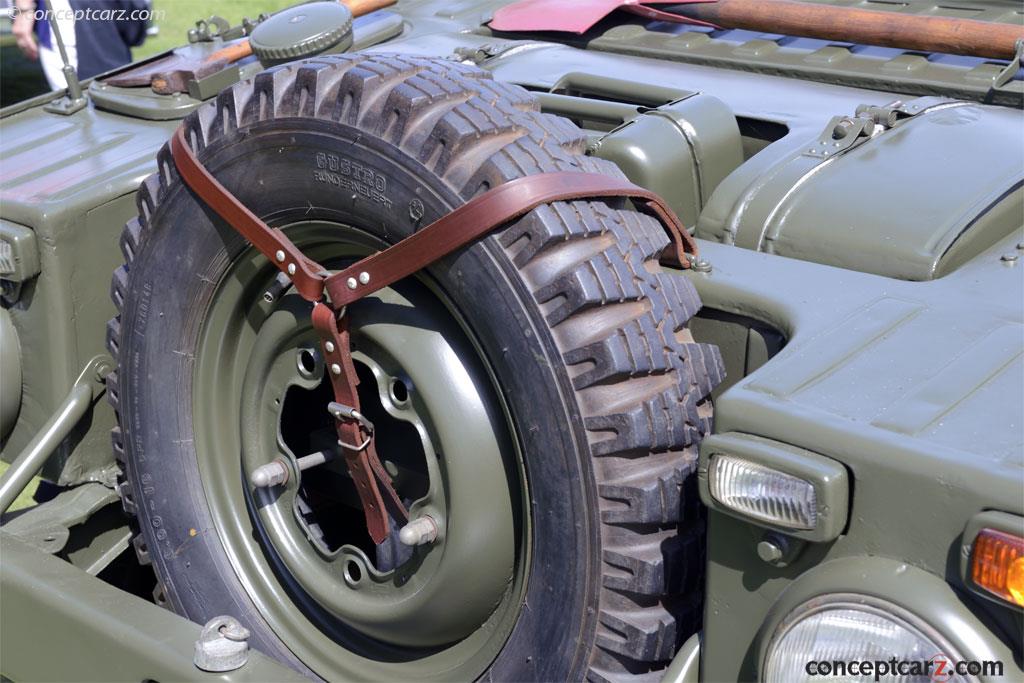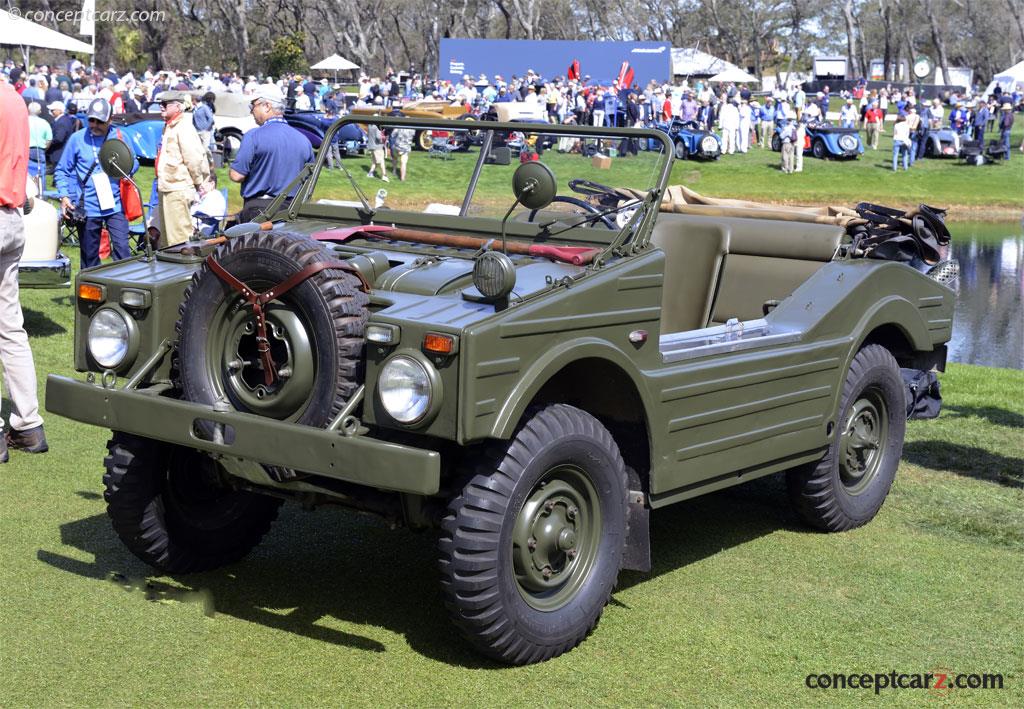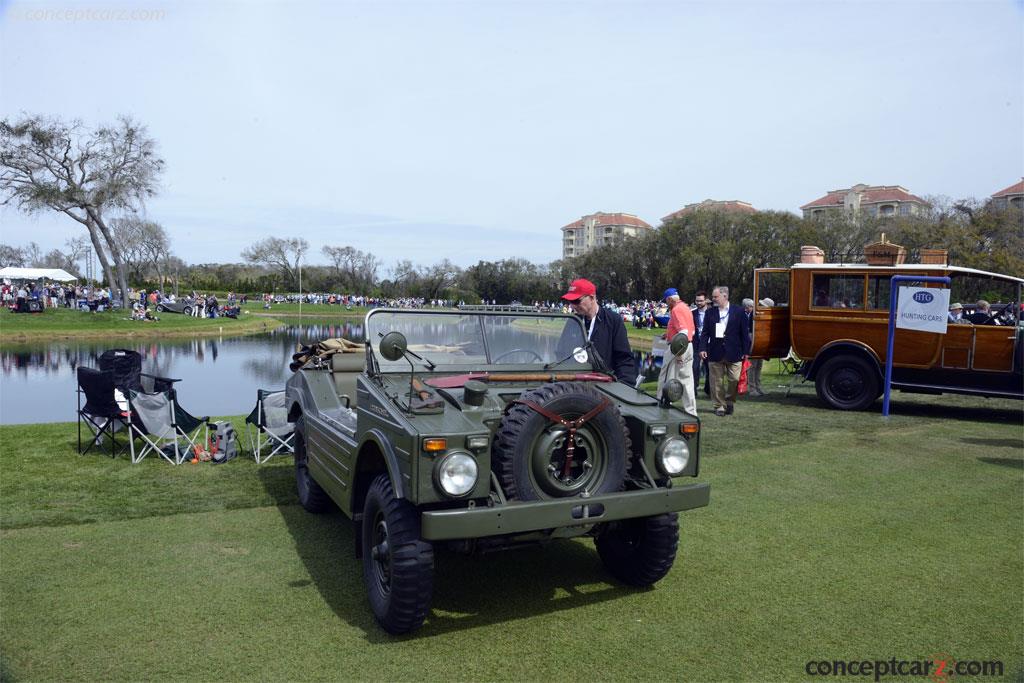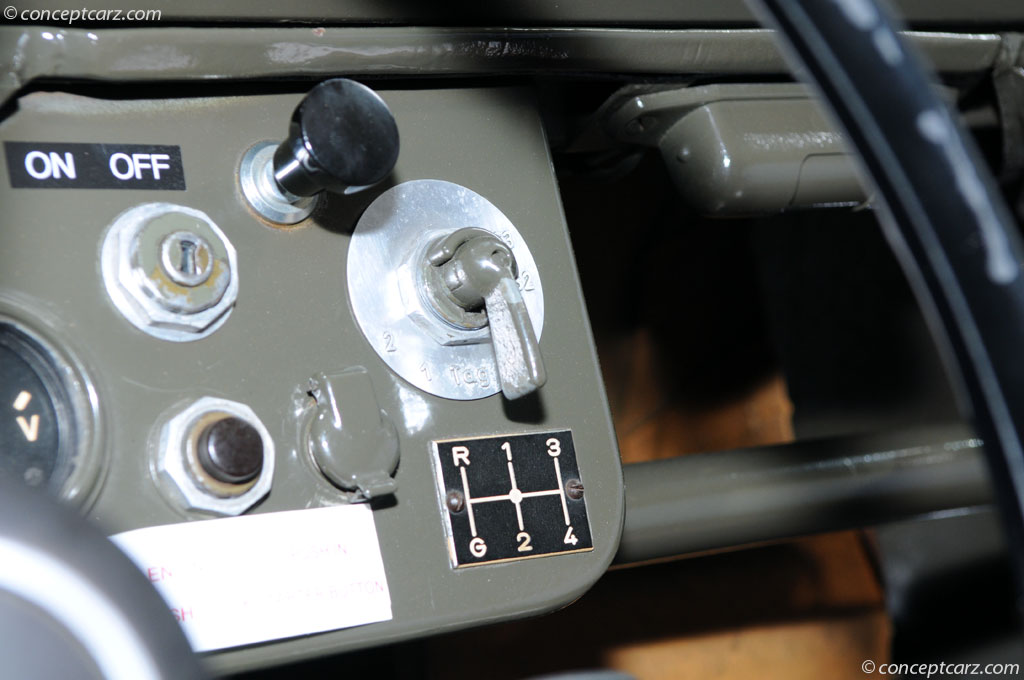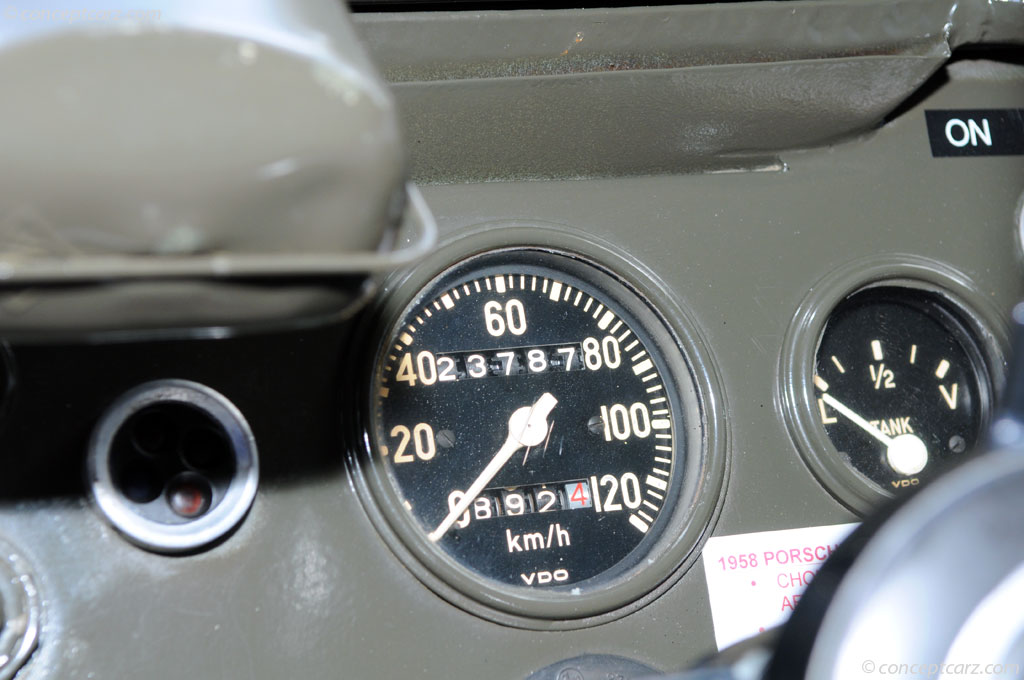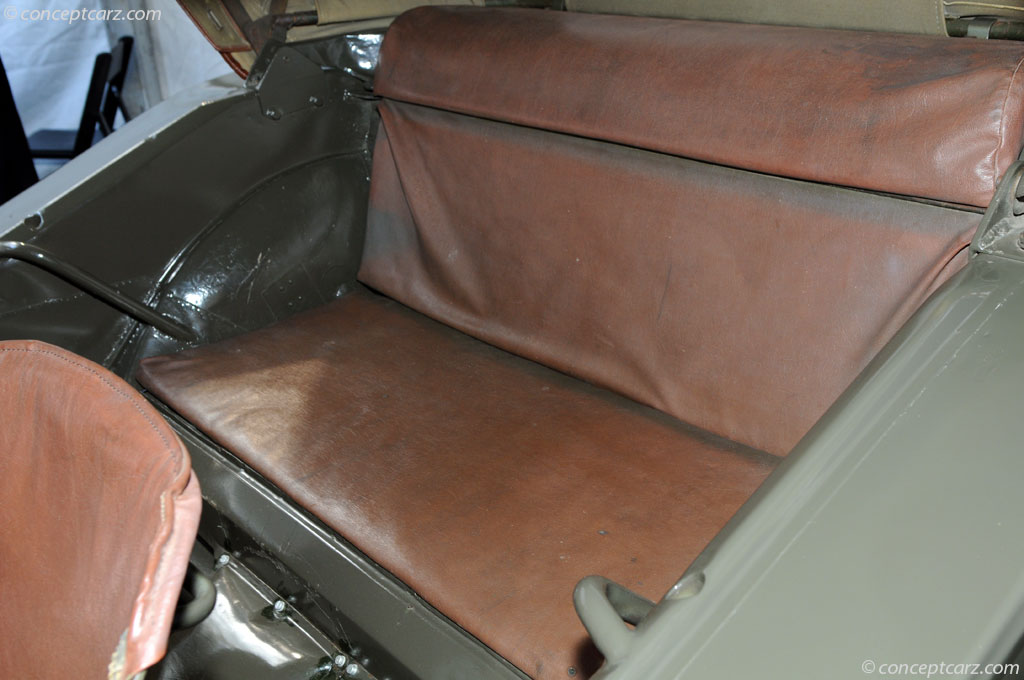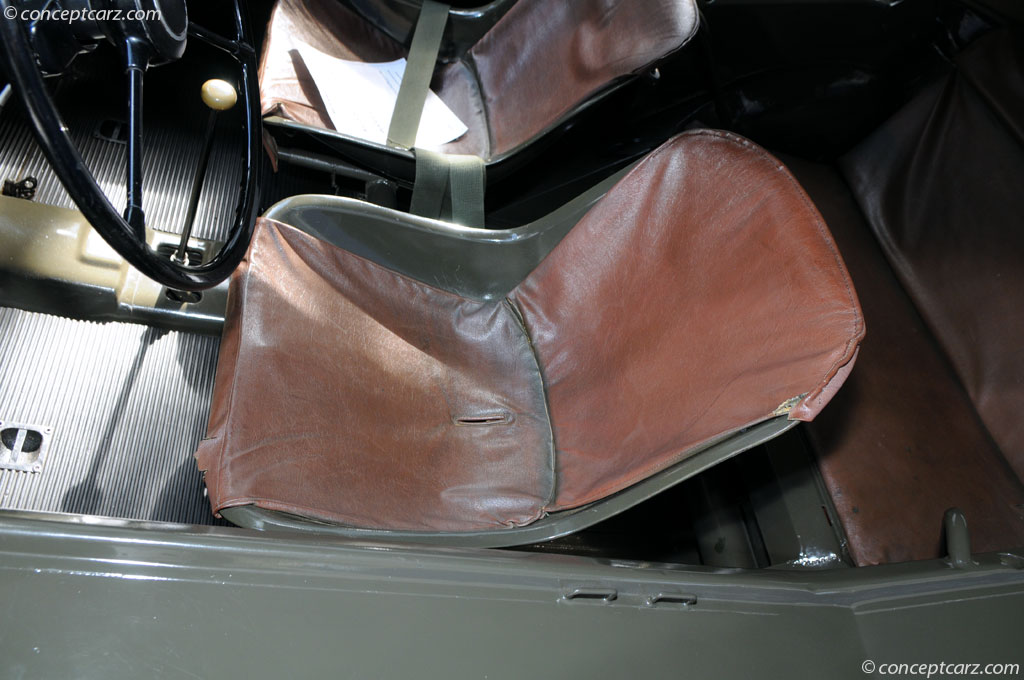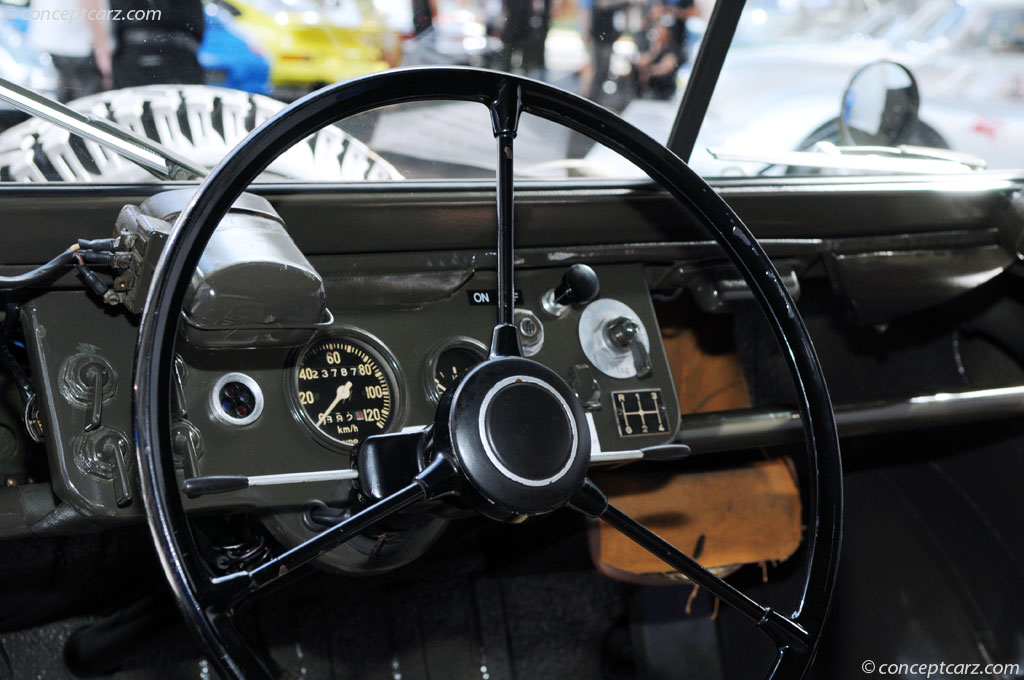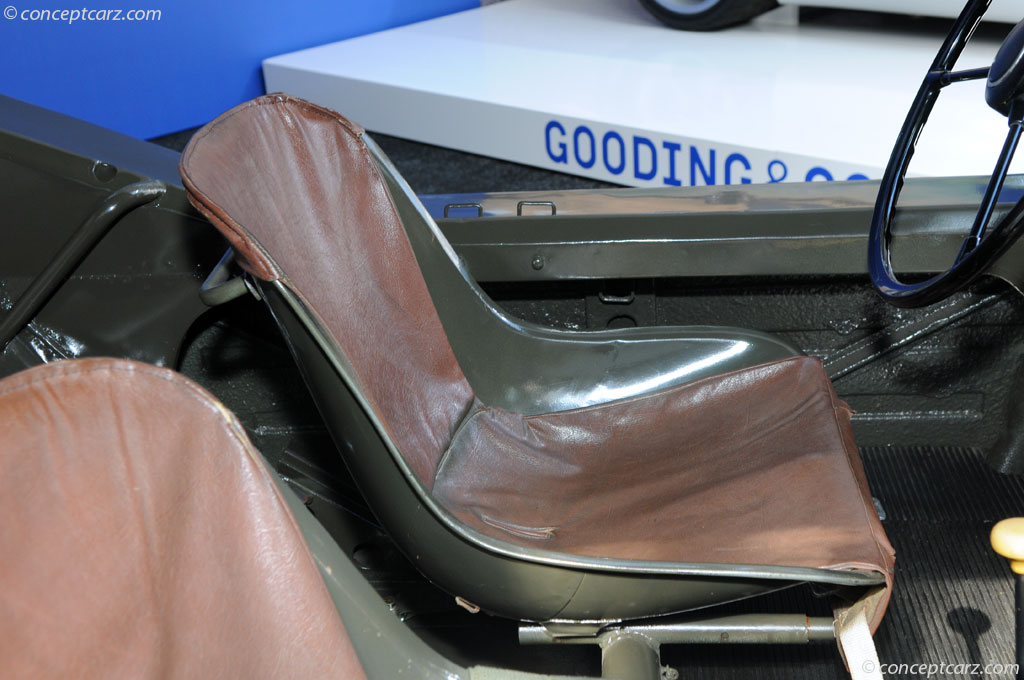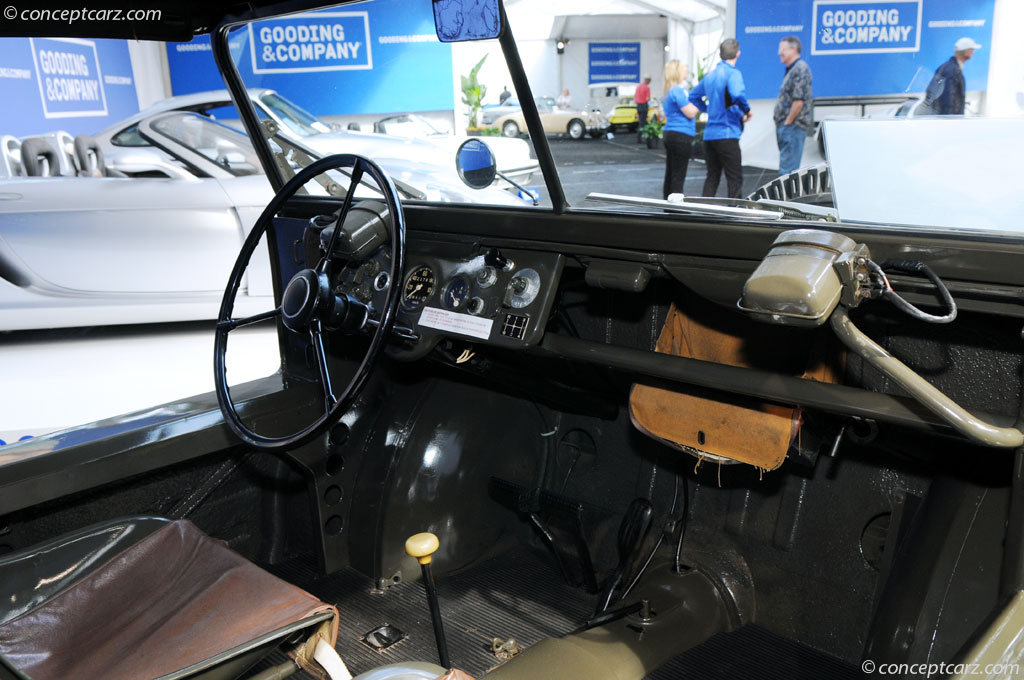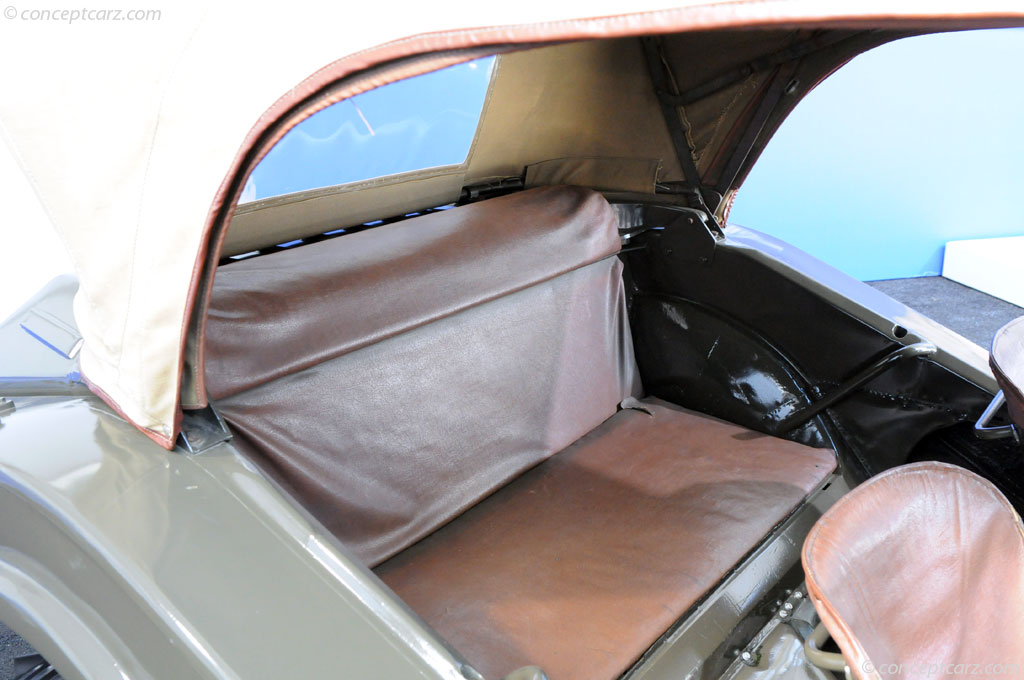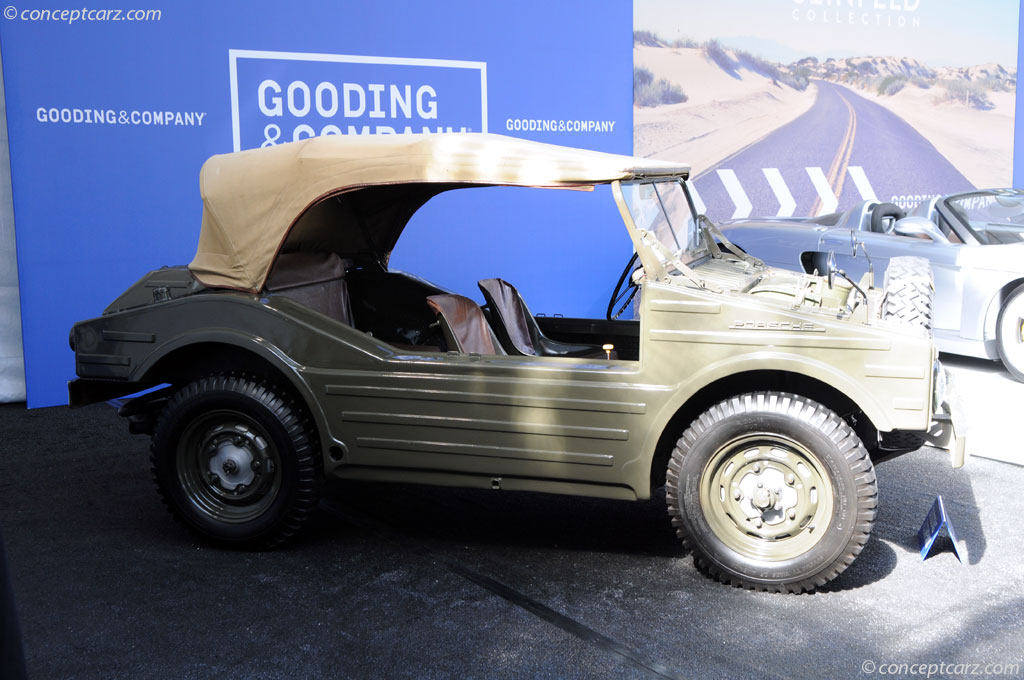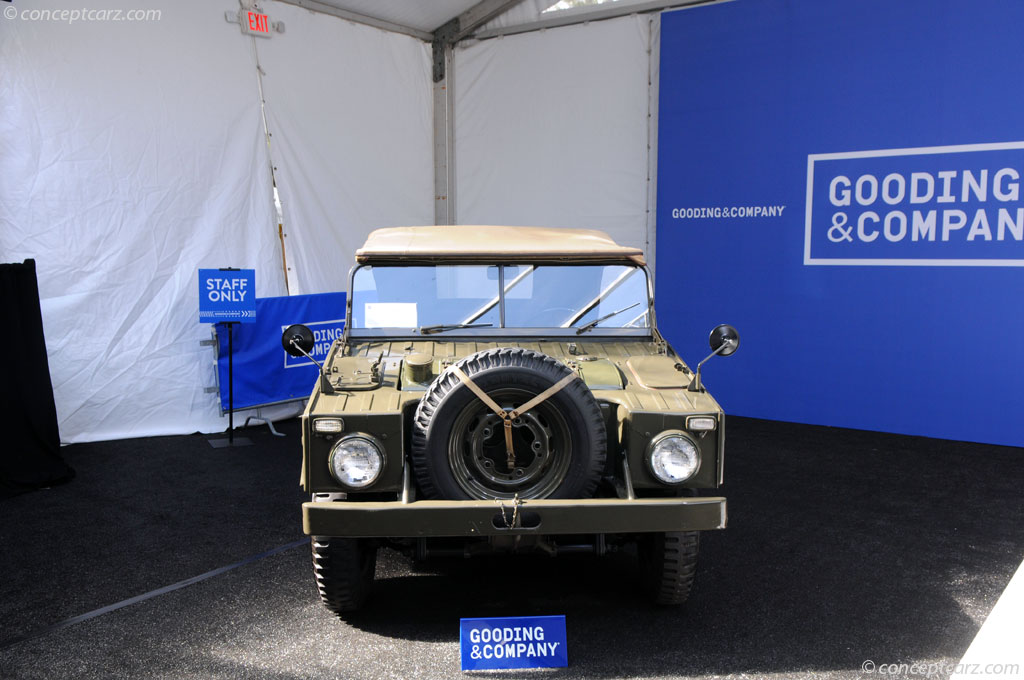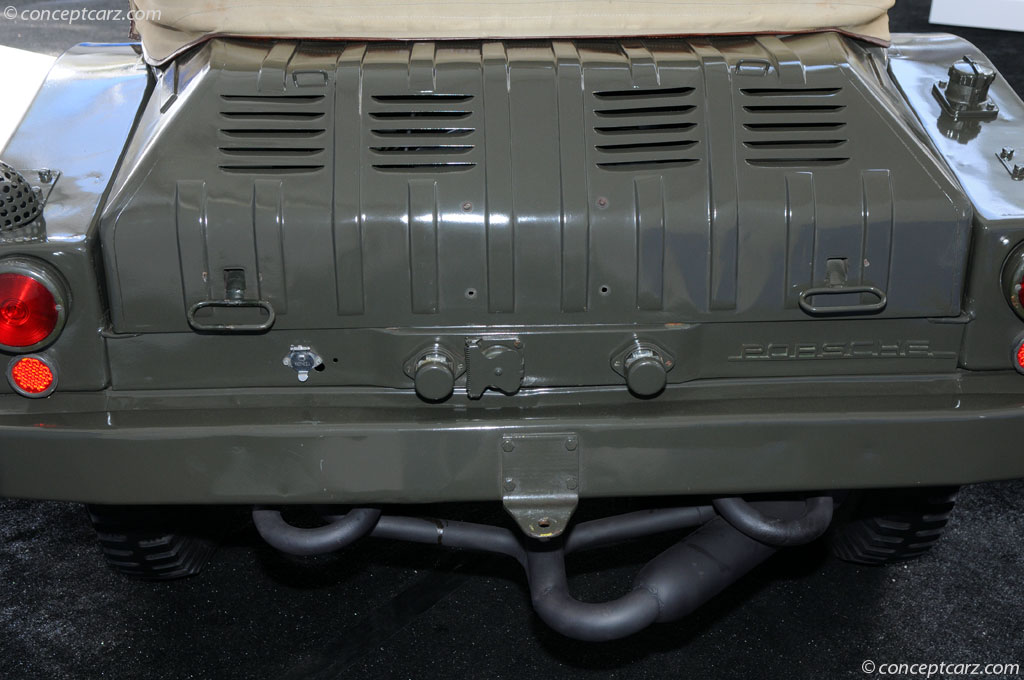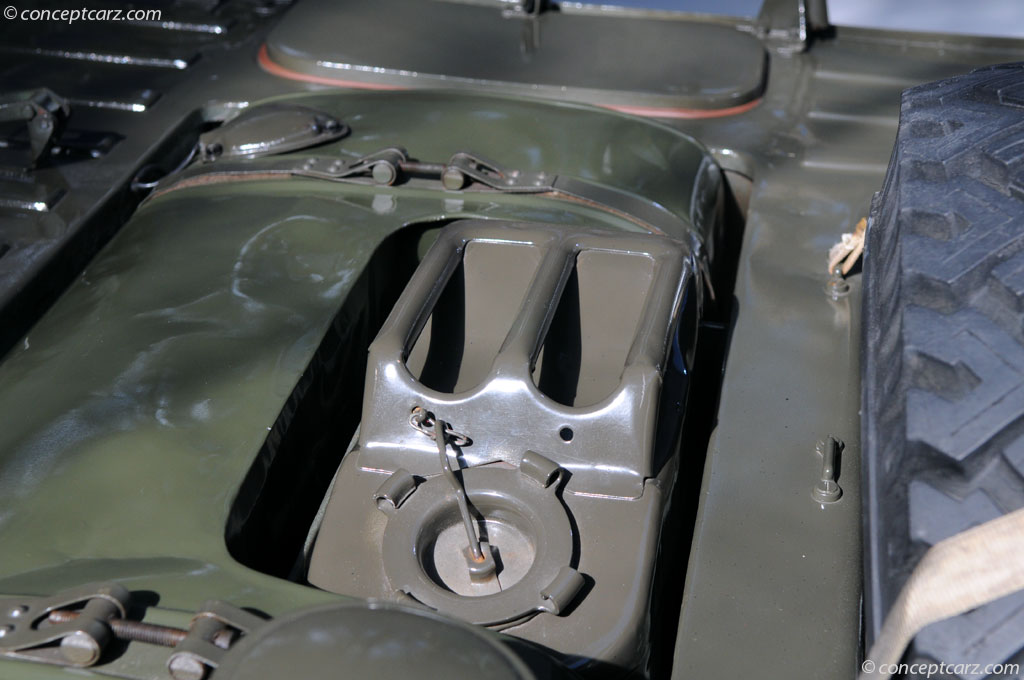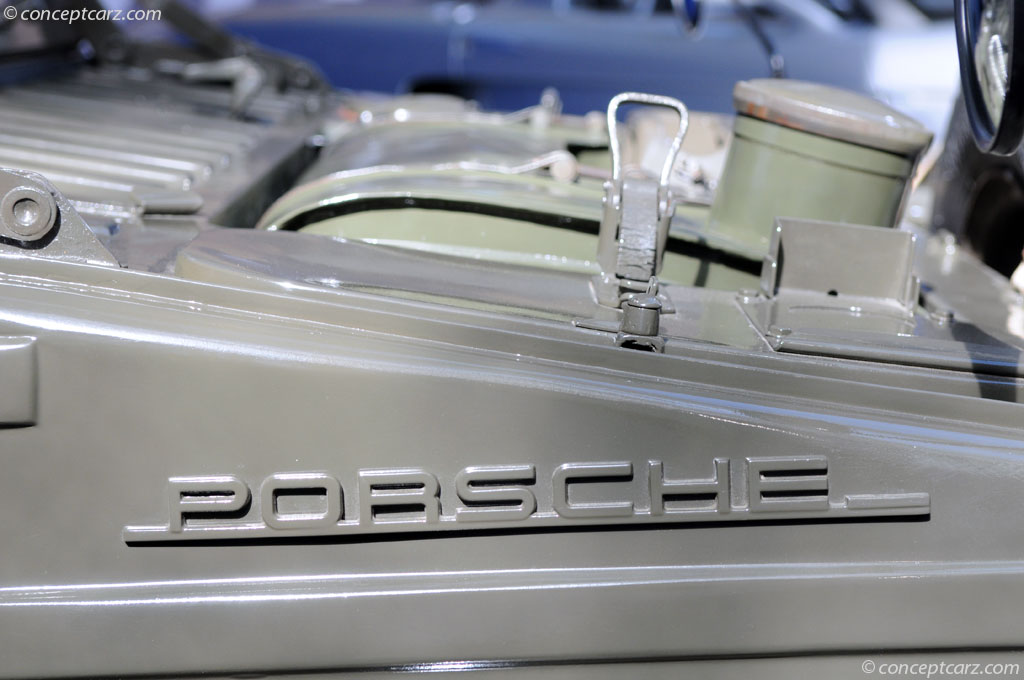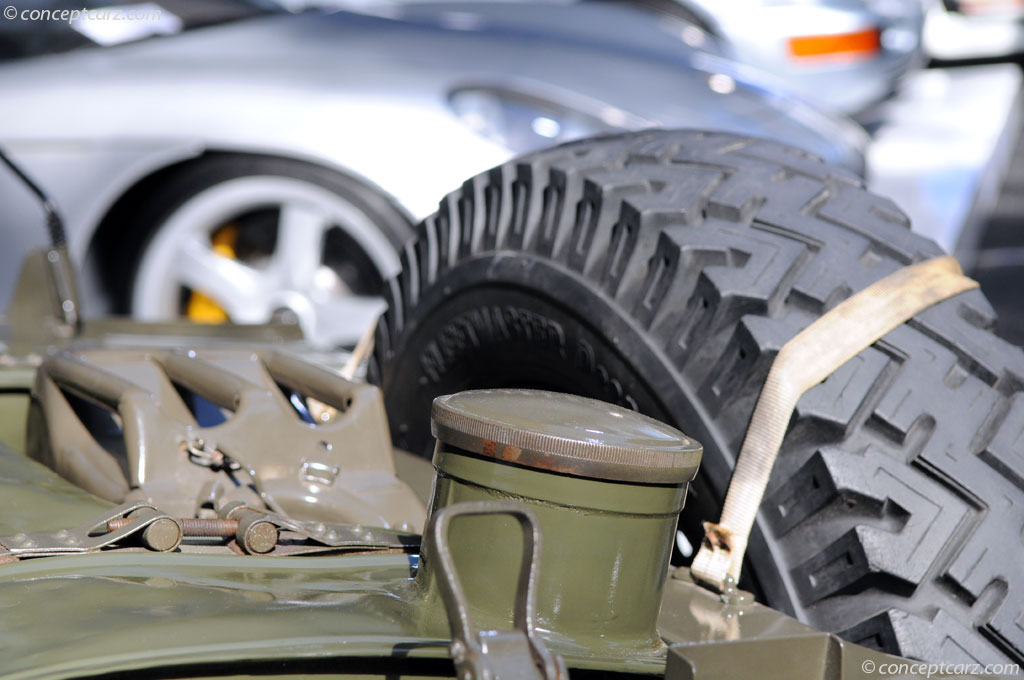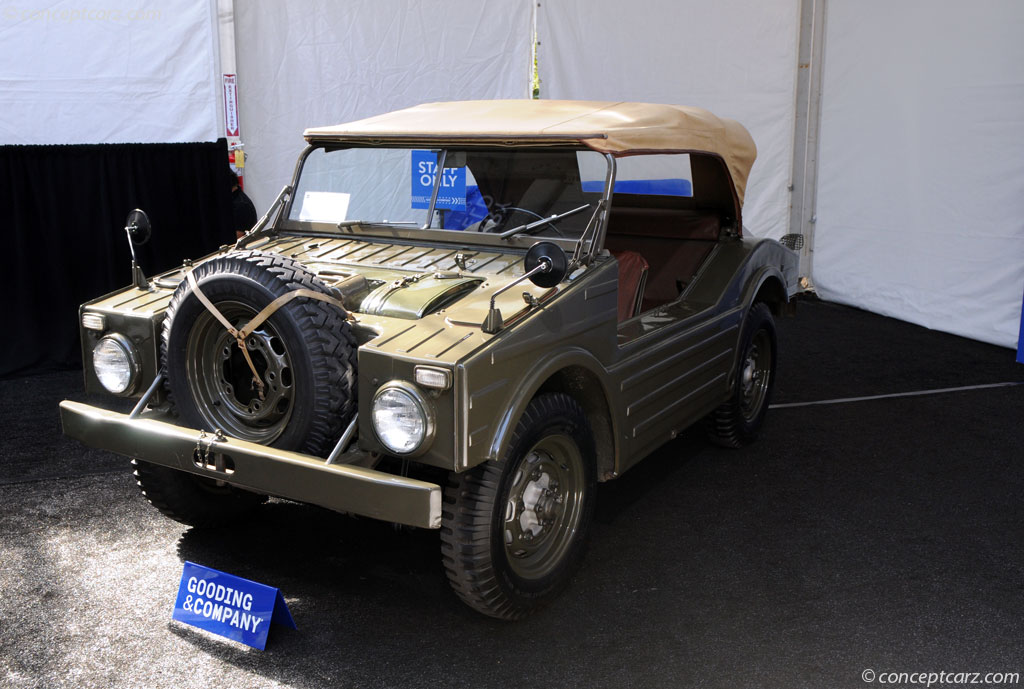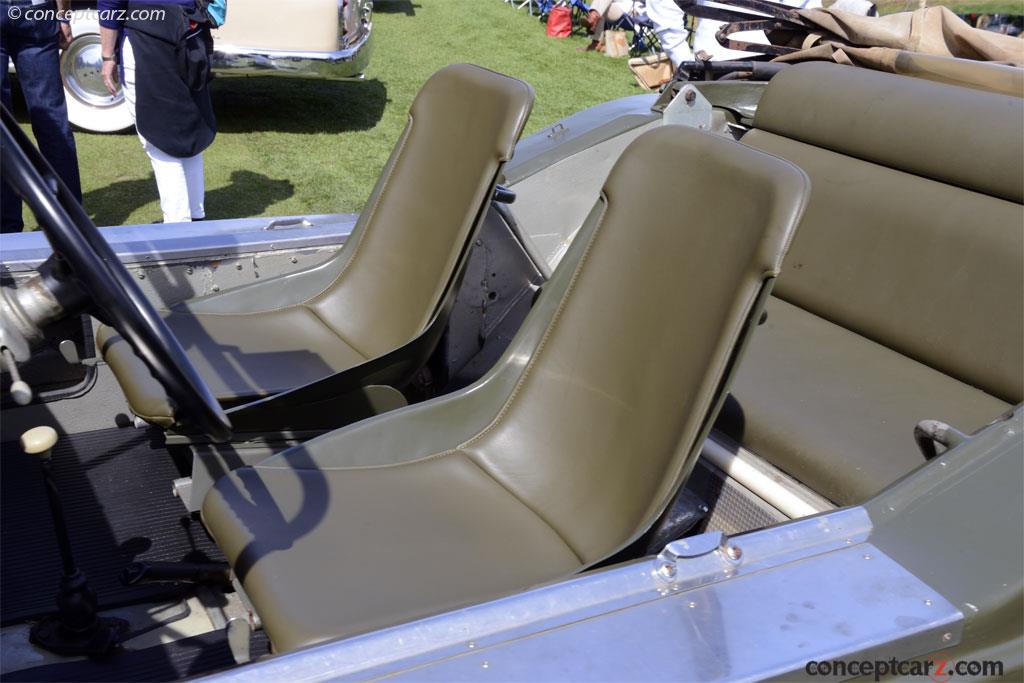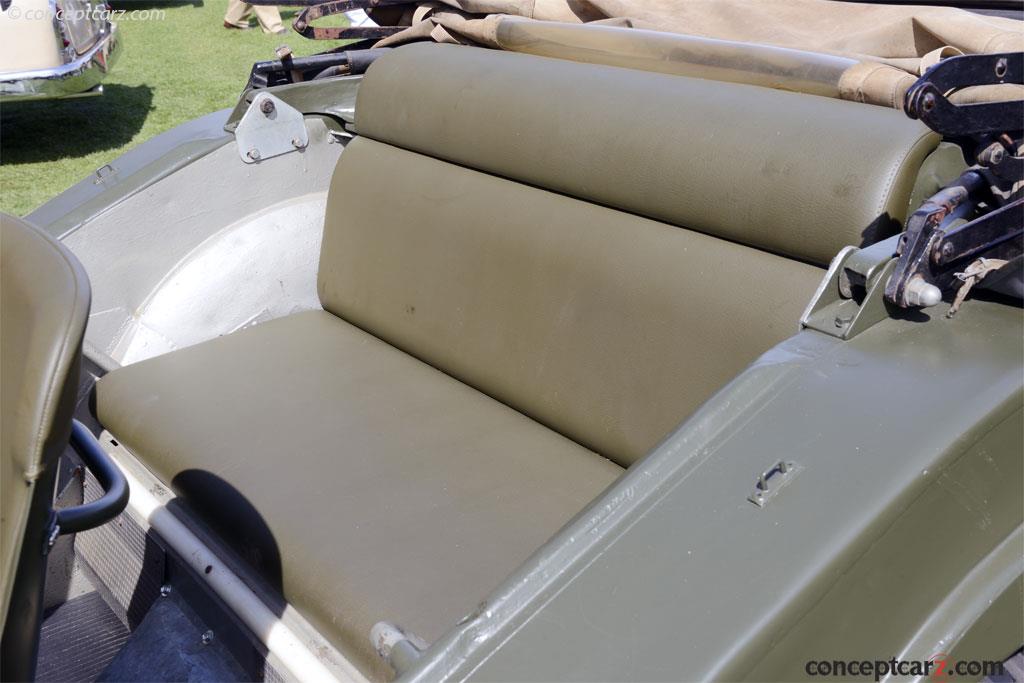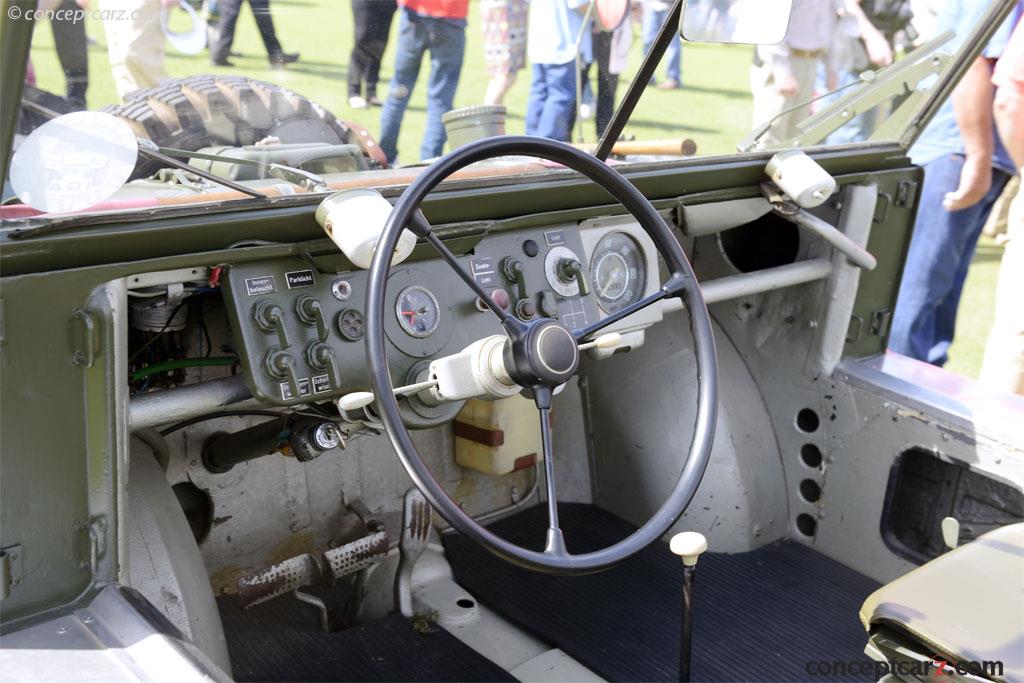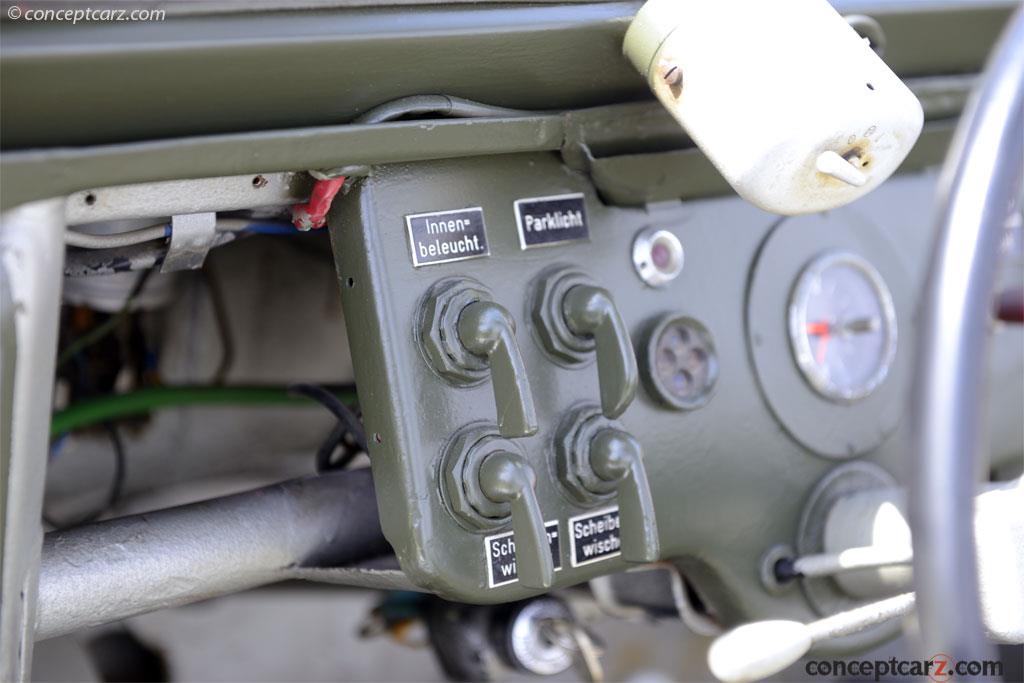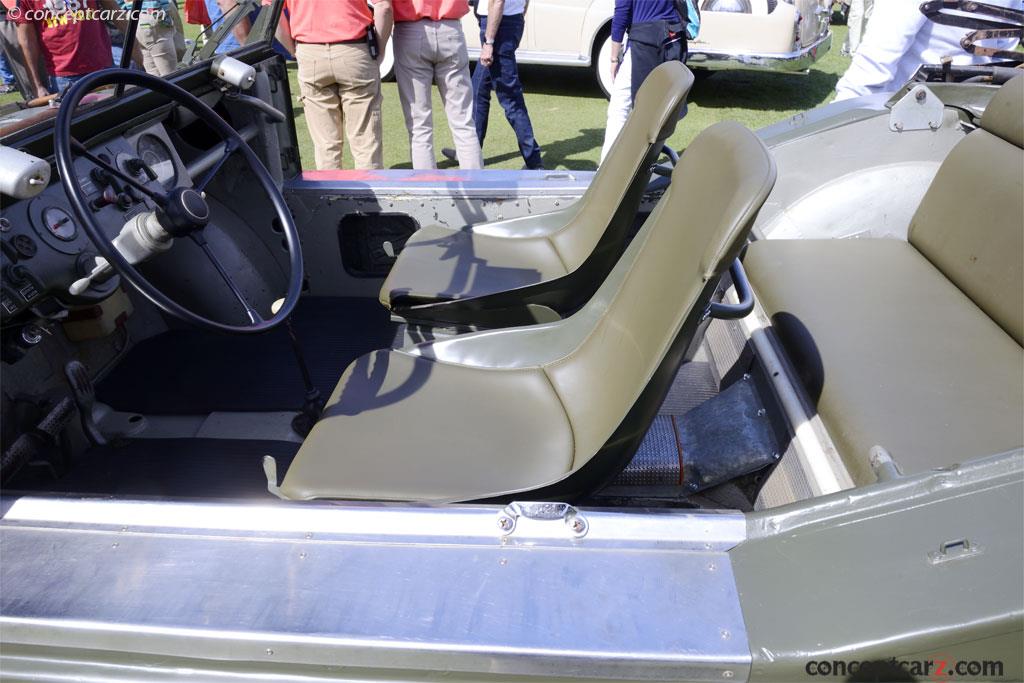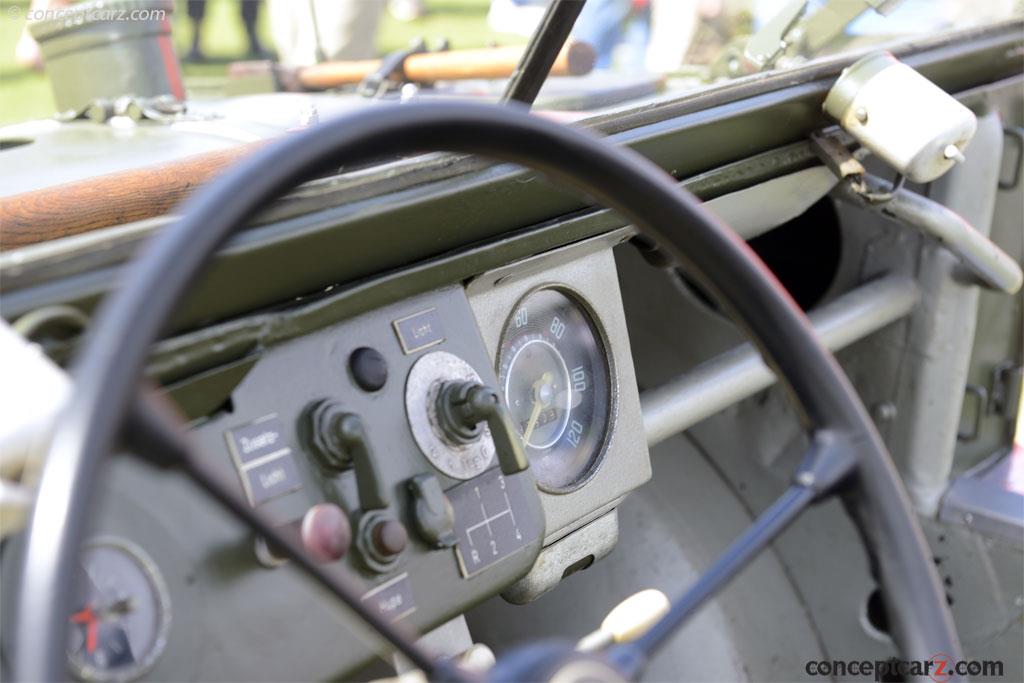Germany was heavily demilitarized following World War II, but by 1954 they were becoming a more active member of the NATA alliance. The Federal Army was in need of a transport vehicle and several proposals were put forth by Auto Union, Borgward, and Porsche. Porsche’s Type 597 used the tried-and-true air-cooled flat-four engine from the Porsche 356 along with its rear-engine placement. Initially, the engine was an amended version of the 1.5-liter powerplant with the later models using the 1.6-liter version. The engine produced approximately 50 horsepower and was installed in a stamped steel monocoque chassis for increased rigidity and buoyancy, and sent its power to a four-wheel-drive system. It was backed by a five-speed manual transaxle, used four-wheel hydraulic drum brakes, and its suspension was fully independent with torsion bars and shock absorbers. It had a short wheelbase of 2,060 MM (81.1-inches) and a length of 3700 mm (145.7-inches) allowing it to ascend steep grades of up to sixty-five percent. With an overall weight of 990 kilograms, the Type 597 had a top speed of around 100 kilometers (60 mph) per hour.
The off-road capable prototypes were manufactured by Porsche’s own Stuttgart Body Works (Porsche’s Werk 1 department – alongside the company’s racing machines) but later construction was handled by Karmann coachworks. The utilitarian vehicle was devoid of doors and hill sills which allowed the body to be buoyant and amphibious. Later examples were offered with rigid doors with a more steeply dropping angle to the front fenders, wings, and hood.
The Porsche Type 597 demonstrated super performance over its competition, but officials selected Auto Union’s simpler and much cheaper DKW Munga for the military contract. Additionally, the production demand may have been too high for Porsche to accomplish in the proposed timescale. Porsche began offering the Type 597 for civilian applications under the name Jagdwagen, or ‘Hunter’s Car.’ It is estimated that seventy-one examples of the Porsche Type 597 were constructed between 1955 and 1958, with forty-nine built for the civilian market and twenty-two military prototypes. It is estimated that approximately fifteen examples exist.
Development costs for the vehicle amounted to approximately 1.8 million DM.
